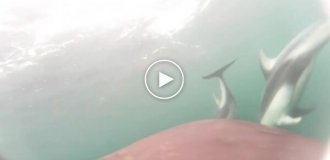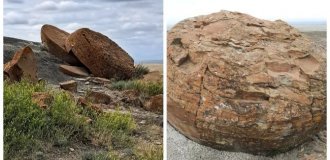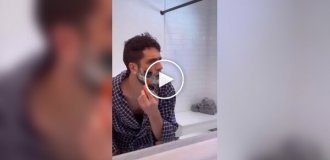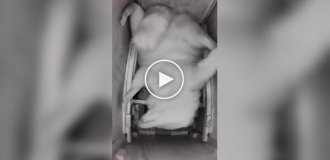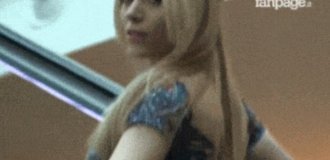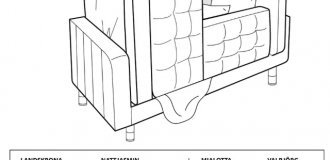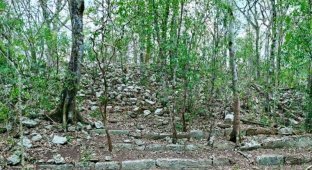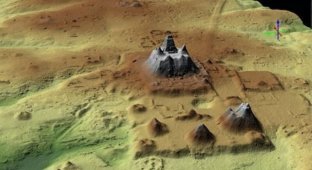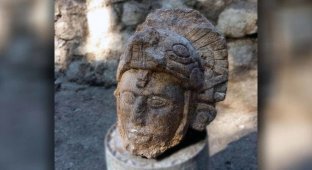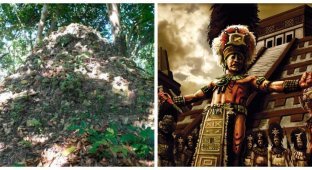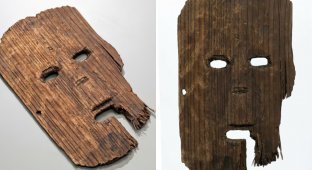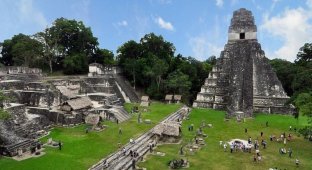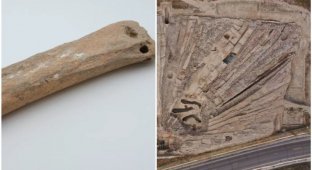A jade mask was discovered in the tomb of a Mayan ruler (5 photos)
Archaeologists studying a looted Mayan pyramid in Petén, Guatemala have discovered a mysterious jade mask. The product belonged to a previously unknown king. 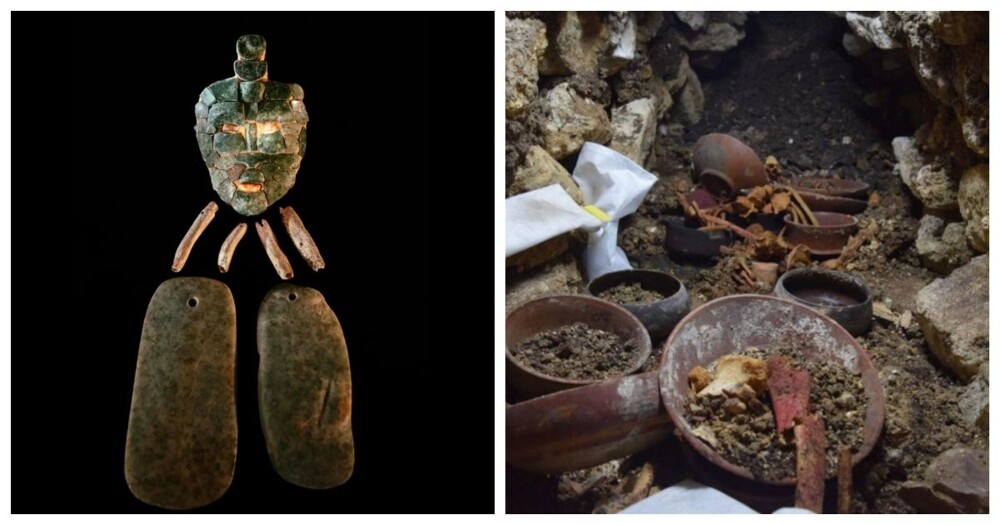
The archaeological site of Chochquitam is located near the Peten Basin in northwestern Guatemala. It is considered the center of the Classic Maya period, which lasted from 200 to 900 AD. e. Scientists learned about the ruins of the city in 1909, and during the study, three main monumental groups were identified, connected by a central road. 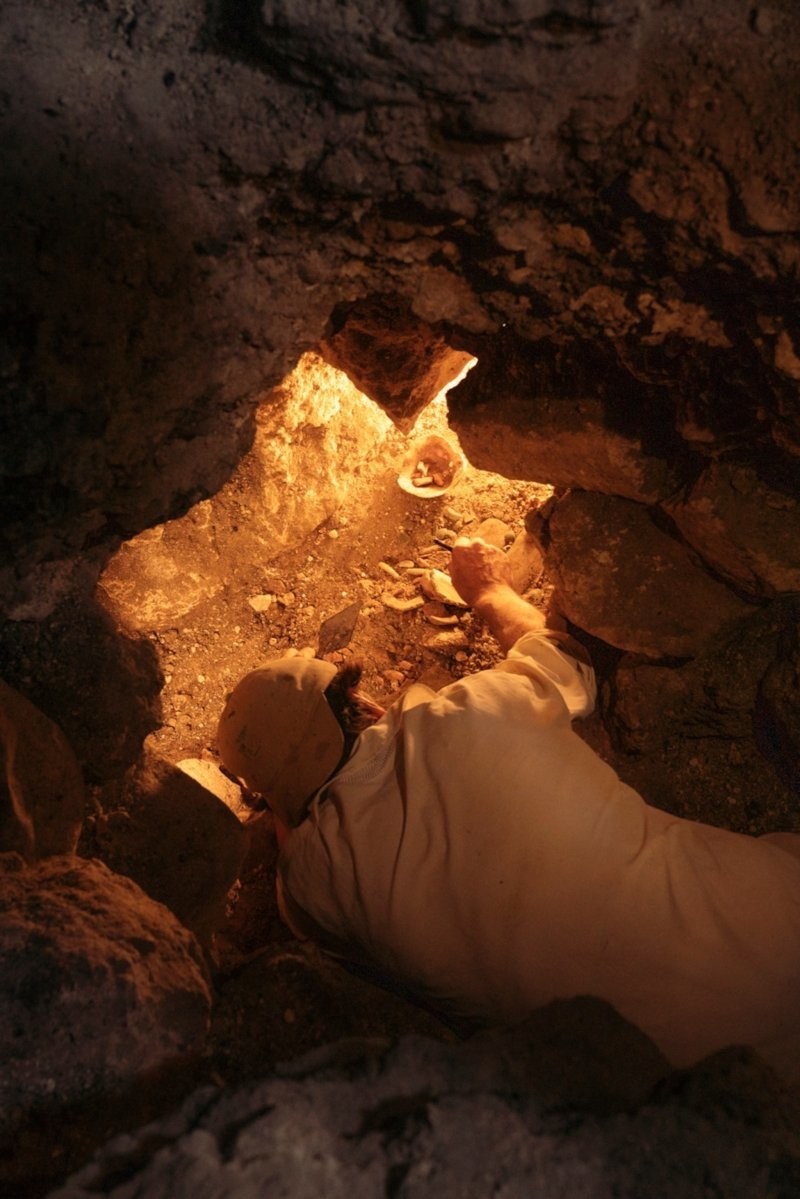
In ancient times, jade was highly valued. The Mayans considered him the protector of the living and the dead. Therefore, jade masks usually symbolized deities or ancestors, and also served as a reflection of the wealth and power of the buried.
In 2021, archaeologists discovered that tomb robbers had dug a tunnel to the center of the pyramid. However, the attackers missed part of the internal camera.
This oversight resulted in the preservation of a human skull, bones, some of which were carved with hieroglyphs, a coffin-shaped stone box, ceramic artifacts, and funerary offerings, including a pot, oyster shells, and jade fragments that made up the mask. 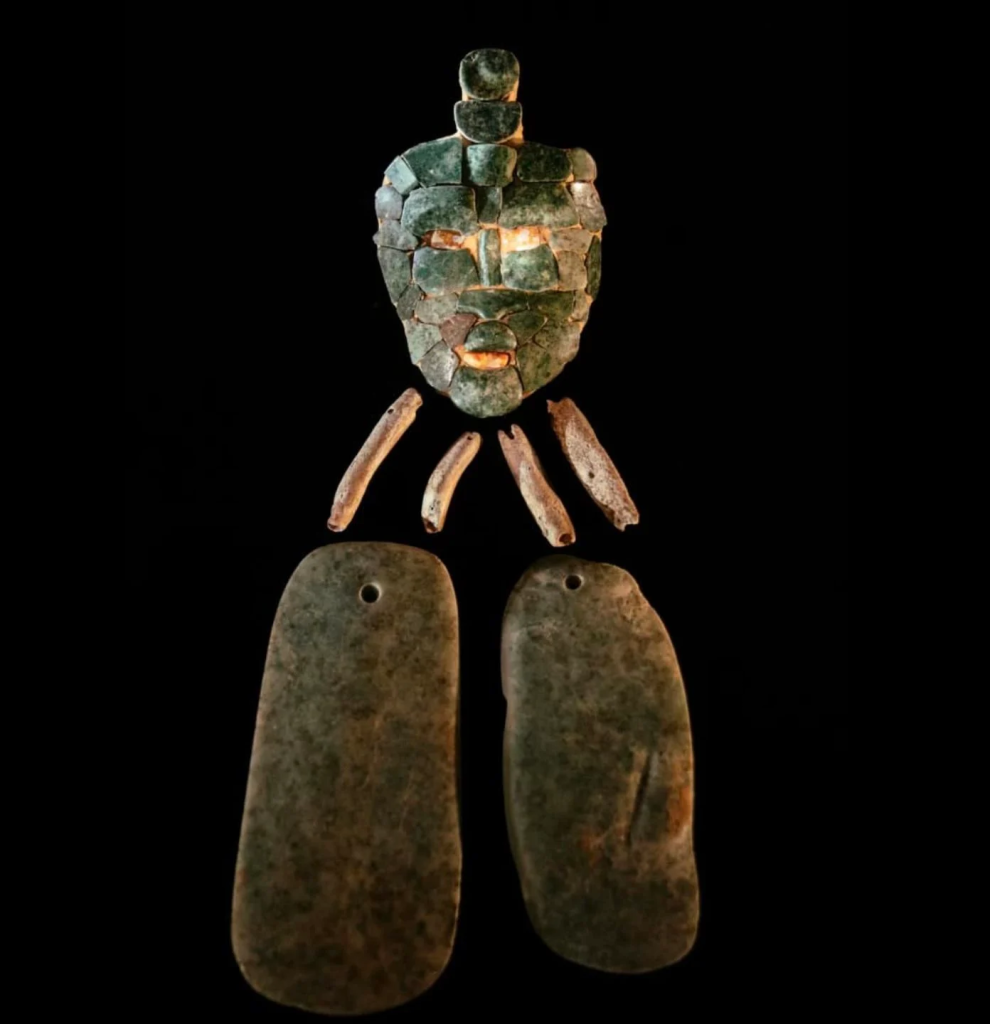
The name Itzam Kokai Bahlam is written in hieroglyphs on several bones. Researchers believe that this was the name of the buried ruler who ruled Chochkitam around 350 AD. e. It is noteworthy that one of the bones depicts a ruler holding the head of a Mayan deity - a copy of the assembled jade mask. 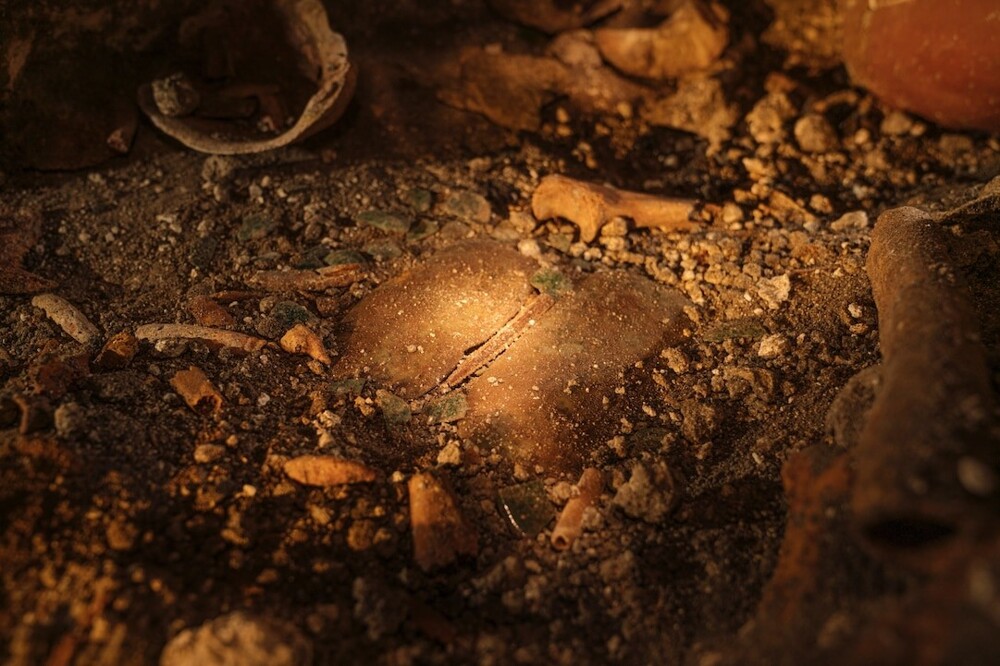
All artifacts were transferred to the Holmul Archaeological Project (HAP) laboratory for cleaning and analysis. It was there that experts were able to reconstruct the mosaic mask. 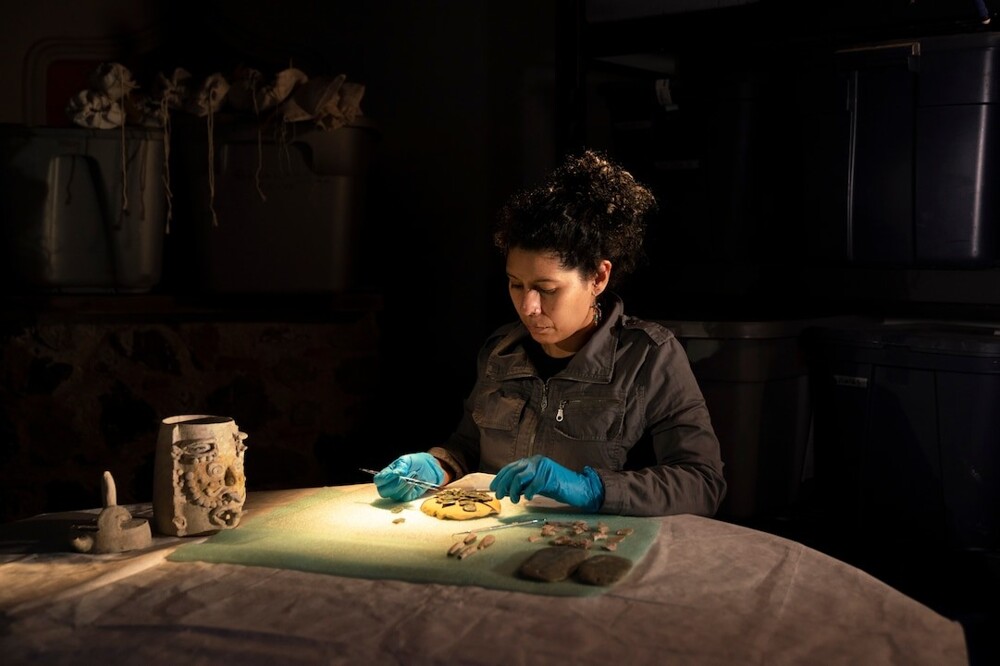
Archaeologist Francisco Estrada-Belli from the American Tulane University and his team discovered the burial using LIDAR laser technology, according to an article in National Geographic. The mask symbolizes the storm god, who was worshiped by the Mayans.





